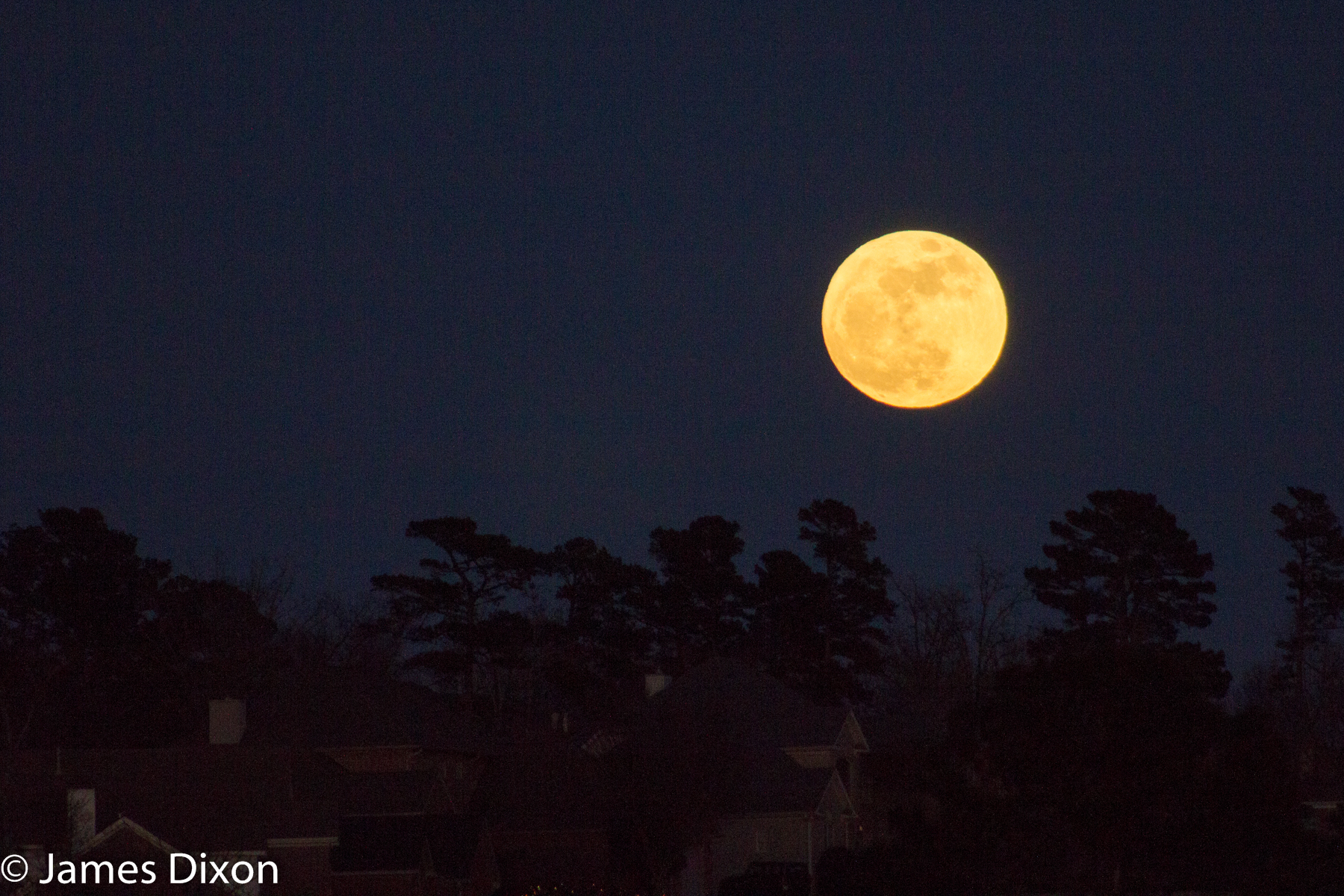I asked the family if they wanted to go shoot the rising Moon in the 20 degree weather with me. They all looked back at me as if I had a chicken on my head. They may have had a point as my fingers were in a lot of pain by the time I got done. Here is a short video and a final still of the event.
12/10/17 Astronomical League Planetary Nebula Observing Program
I went to the River Ridge Observatory this evening, taking advantage of 5PM sunset along with clear skies and mild temperatures. I wanted to observe at least six more nebula from the AL’s Planetary Nebula Observing Program to qualify for the certificate. That number is 60 while a whopping 110 is needed for the pin. I set up my 9.25″ SCT with it’s freshly flashed hand controller and it’s pointing abilities were spot on. Thankfully this challenge allows GOTO.
As I’ve said before some of the nebulae are hard. One of the ones I looked at tonight was 2 arc seconds across. That’s smaller than Neptune. The coolest thing of all was an object called Pease 1 which is a nebula in the globular cluster M15. I used my best eyepiece and a 2x barlow, focused on a bright star next to M15 then moved to the GC. It wasn’t easy but I’m sure is saw a nebula just to one side on the GC.
In all I picked up 7 nebula to bring my total to 61. Enough for the certificate. Considering the difficulty of some of the remaining entries, the pin will take some time to achieve.
Moon, Jupiter and Venus 11/16/2017
From the top down, we have the Moon, Jupiter (near the middle), and Venus in the clouds this morning. Taken a little after 6 AM. I might try again tomorrow if it is clear.


